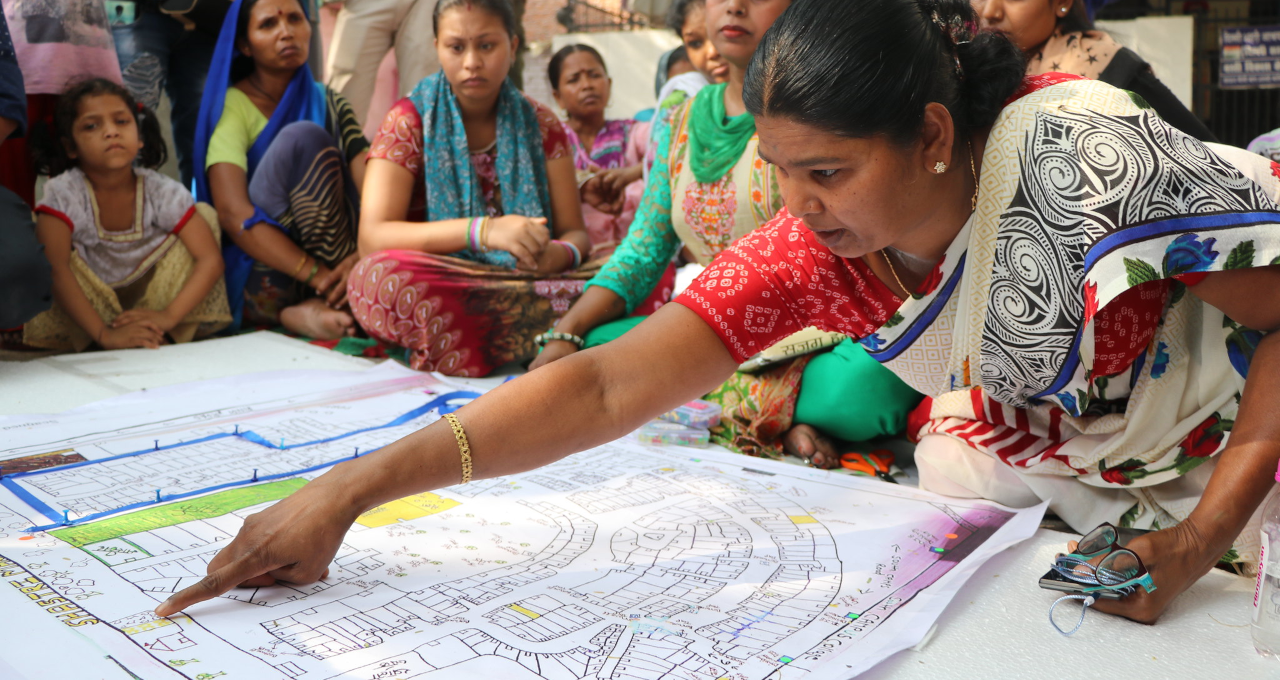
India
Overview
In 2022, India was re-designated as a High-Priority Country. USAID is working with partners in India to:
- Increase access to safely managed drinking water for 670,000 people
- Increase access to safely managed sanitation services for 660,000 people
- Strengthen 200 water and sanitation sector institutions to manage water resources and/or improve water supply and sanitation services
- Mobilize $50 million for water, sanitation, and hygiene (WASH) products and services and climate-resilient water resources management (WRM)



